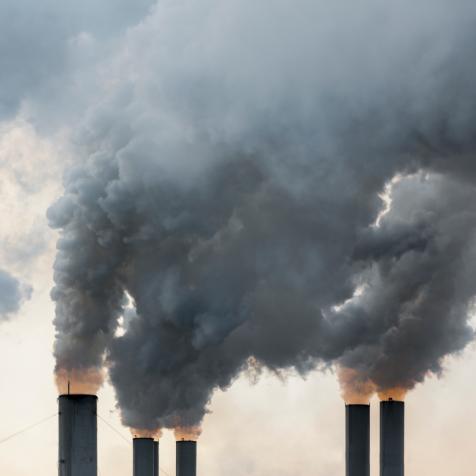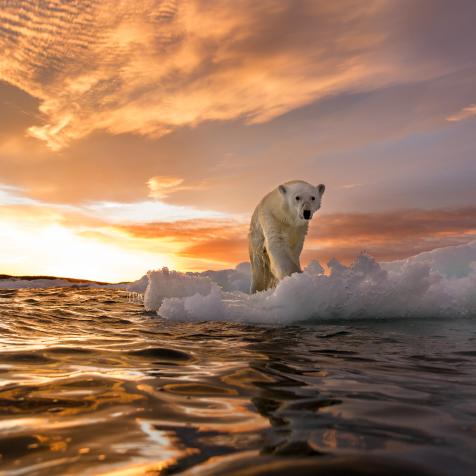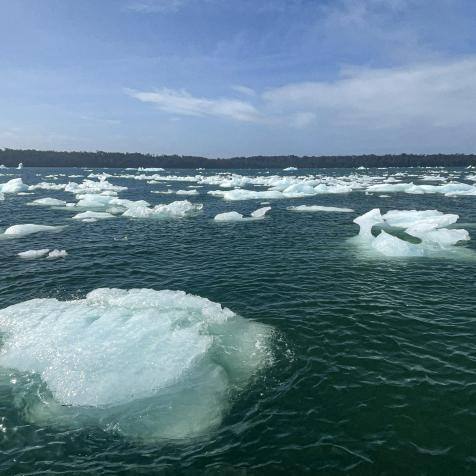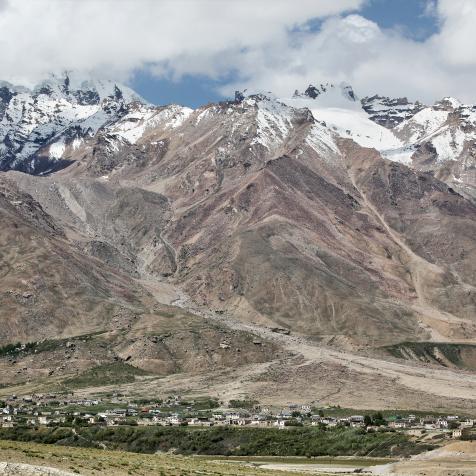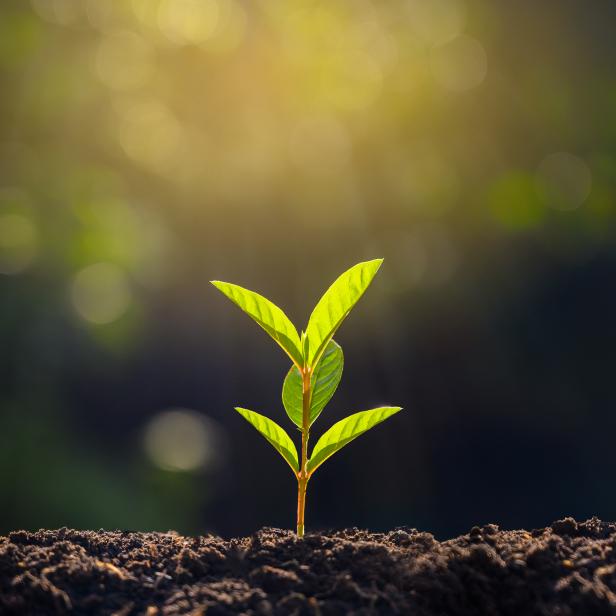
sarayut Thaneerat
Tree Planting and Reforestation Will Help Limit Global Warming
Planting new trees is one of the most effective ways to reduce atmospheric carbon dioxide (CO2) and limit global warming.
As forests grow they remove CO2 from the air through photosynthesis, working as a natural reservoir to store carbon. Planned projects worldwide will plant billions of trees and it is thought that forests will help protect the environment for future generations.
An estimated 420 million hectares (one billion acres) of forest have been lost since 1990, converted to farmland and other uses. But by planting new trees in existing forests (reforestation), and growing in areas with no previous tree cover (afforestation) nations are using nature-based solutions to tackle man-made industrial emissions.
Afforestation is seen as one of the best ways to store carbon. Data gathered by the United Nations (UN) shows that, by 2015, China had planted 79 million hectares (195 million acres) in an effort to stop farmland from turning into desert. Next was the US, which planted forest covering 26 million hectares (65 million acres), ahead of Russia with 20 million hectares (49 million acres).
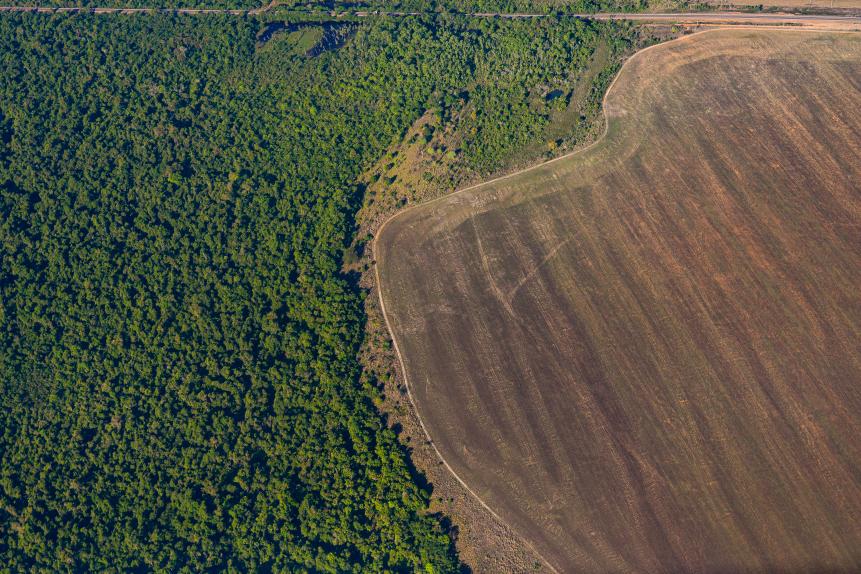
Lucas Ninno
Aerial view of deforestation in the Amazon caused by the expansion of agricultural areas.
The US Forest Service says it uses both afforestation and reforestation to restore forestland damaged by events like wildfire, climate change, and insect and disease damage. Benefits it lists from planting include creating new wildlife habitat, improving clean water supply, stopping soil erosion, and sequestering carbon.
Sadly, despite slowing in recent decades, deforestation losses worldwide still outweigh planting gains. Forest areas measuring 10 million hectares (25 million acres) were cut down and cleared every year between 2015 and 2020. That is roughly equal to the land area of Iceland or South Korea each year.
Clearing forest releases CO2 and has contributed 23 percent of all man-made greenhouse gas emissions. One study says it has caused hotter day temperatures in Asia, Europe, and North America. In these regions, where more than 15 percent of tree cover was removed, deforestation led to a third of the increase in average hottest day temperatures.
That impact comes on top of biodiversity and species loss – 80 percent of the world’s known terrestrial plant and animal species are found in forests. Regeneration and afforestation together create a healthier ecosystem for wildlife and plants to flourish. Other benefits include flood prevention, as tree roots absorb excess water, shade to stop soil from drying out, and increased cloud cover and cooling caused by water evaporation.
Research by ETH Zurich shows that there is room to plant an additional one trillion trees on Earth. Some 900 million hectares (2.2 billion acres) of land is currently unused by humans worldwide – similar in size to the land area of the US – that could be forest, storing 205 gigatons (billion metric tonnes) of carbon once the trees mature in 50-100 years.

Ricardo Lima
Part of the UN’s strategic plan for forests is to increase their area worldwide by three percent by 2030. While it is undoubtedly true that planting trees sequesters carbon, it is a slow process. All trees are not likely to survive, plus the way they are managed and cultivated may emit carbon dioxide or other greenhouse gases. Other plants – hemp for example – could be more effective at sequestration.
Different types of trees and forests are definitely more effective at storing carbon than others, but opinion is split. Commercial fir plantations may be better because they grow quicker, while others highlight broadleaf and conifer mixtures, alongside the plant and animal biodiversity they foster below the canopy.
Charles Darwin’s observation that forests grow better when there is a mixture of different plants and trees, at different stages of growth, is influencing ideas about afforestation. Mixed species use different nutrients from soil and appear to have higher growth rates, partly due to decreased competition for the same food.
What scientists know for sure is that time is a factor, so drone technology is one of the seed dispersal methods being considered for rapid planting. Startups like Flash Forest aim to plant one billion trees using aerial drones by 2028. Projects in Saudi Arabia, India, and Croatia follow similar strategies.
NASA expert analysis of the trillion tree concept says that reforestation and afforestation alone cannot counter climate change: we also need a decrease in fossil fuel emissions. There are questions about how forests compete with farmland, the best places to plant them, and the overall cost.
Satellites are uniquely well placed to tell us more about how Earth reacts to changes in its ecosystems. Their instruments show how forests absorb and emit carbon dioxide, reflect or absorb heat, and alter the water cycle. And this vital data will tell us just how much forests are capable of tackling the tough climate challenges we face.









